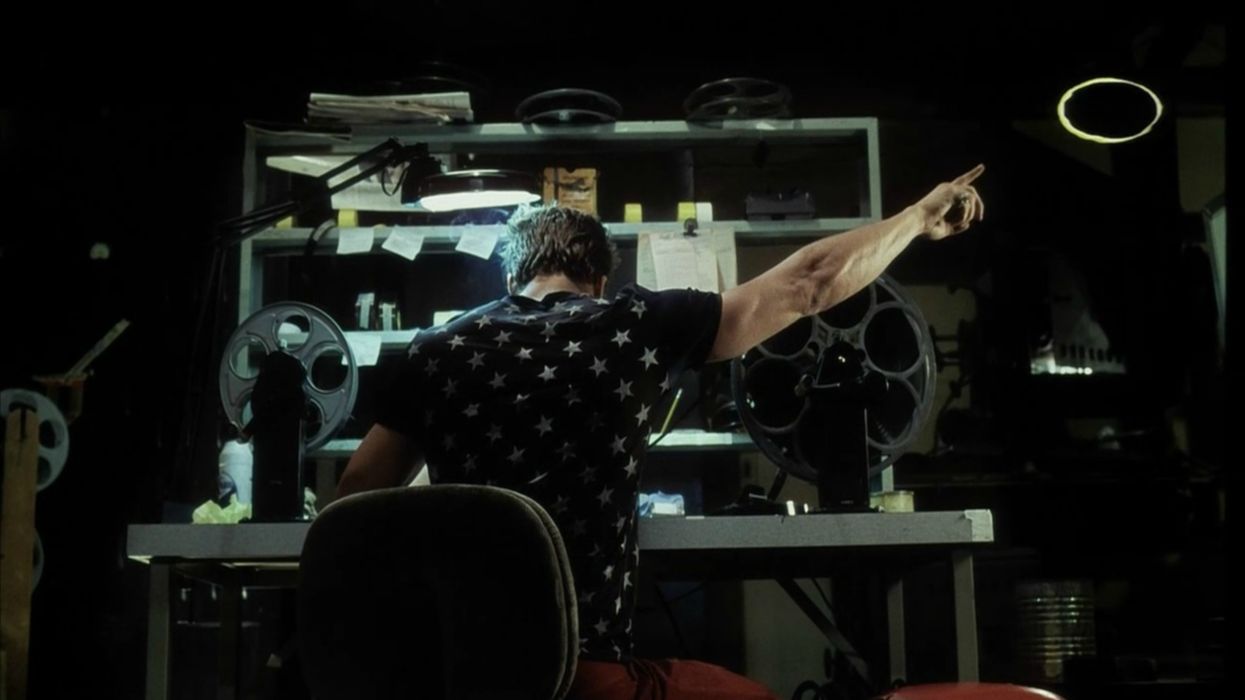How to Create Better Image Contrast While Color Grading (Part 2)
We've got your guide to better image contrast.

If you have been following along with my in-depth color grading series, we first explored tips on creating cinematic images in DaVinci Resolve and followed it up with what you need to know grading skin tones.
We have now changed directions to help you create better contrast in images with DaVinci Resolve in a two-part installment. If you haven't watched Part 1, it explores tonal contrast, and you can find that article here.
In Part 2, we tackle color contrast, which is the distance we’re creating between the various hues in our image.
Let's dive in.
Color Temperature
Adjusting the color temperature is the simplest method of increasing or reducing color contrast. In DaVinci Resolve 17, we can accurately do this using the built-in temperature knob.
Look at your vectorscope as you change this setting: you’ll notice that the closer your signal comes to even straddling the middle of the scope, the greater your color contrast.
The opposite is true as well: the more you push your signal toward the edges of the scope, the lower your color contrast will become. Just as with offset/exposure when dealing with tonal contrast, if you can dial in your color temperature to best reflect your desired color contrast, you’ll be well on your way to realizing your vision.
Hues vs. X Curves
One of the best ways to refine color contrast is with curves. My personal favorites are the Hue vs. Sat, Hue vs. Hue, and Hue vs. Lum. Each allows us to gently target a particular hue region, and adjust its saturation (Hue vs. Sat), hue (Hue vs. Hue), or luminance (Hue vs. Lum). These tools can achieve great results in isolation, and sometimes even better ones when they’re combined.
For example, sometimes all that’s needed is to desaturate a particular hue range, such as our greenish blues. But you might also choose to target your orange-reds and rotate them further away from your yellow-oranges, then drop the luminance of that same hue region to create even greater depth and separation.
Play around with these tools and see what works for you!
Color Warper
One of Resolve 17’s best new tools is the Color Warper, which combines the features of the Hue vs. Sat, Hue vs. Hue, and Hue vs. Lum curves into a single tool with a more tactile interface.
To control saturation, pull your control points toward the center (less saturation) or push them outward (more saturation). To control the hue, rotate your control points left or right. And to control luminance, tap the desired control point, then adjust the “Lum” slider located to the right of the Color Warper grid.
Have any color grading tips? Share them with the community below.
For more tips, be sure to subscribe to my YouTube channel or check out my Instagram page.

 'Aliens'CREDIT: 20th Century Fox
'Aliens'CREDIT: 20th Century Fox
 'Promising Young Woman'CREDIT: FilmNation
'Promising Young Woman'CREDIT: FilmNation









